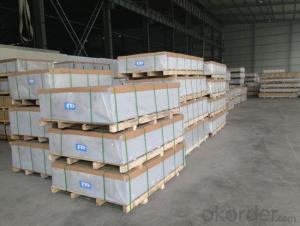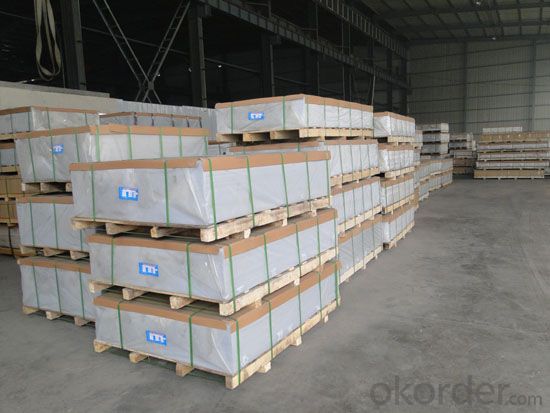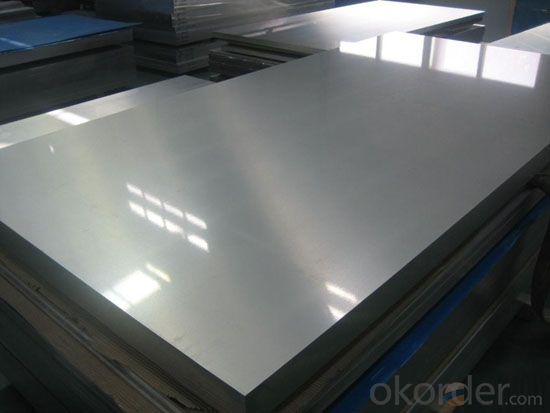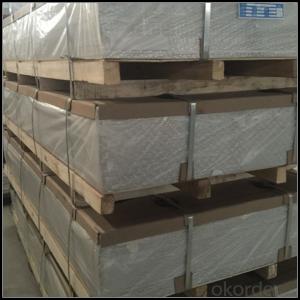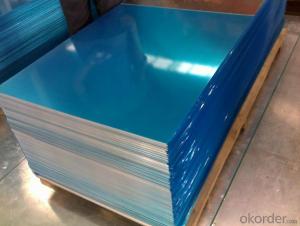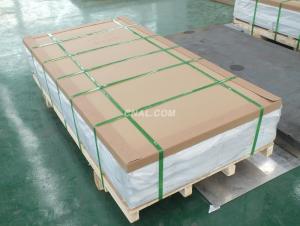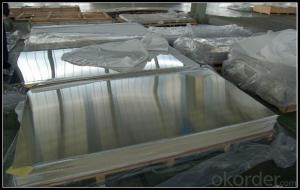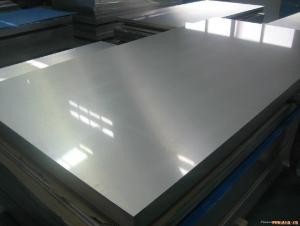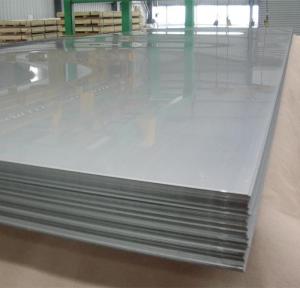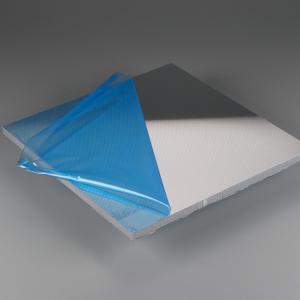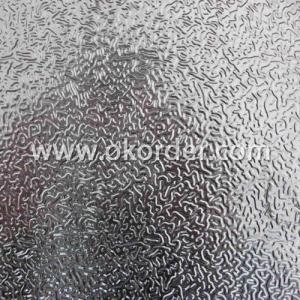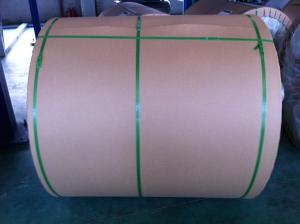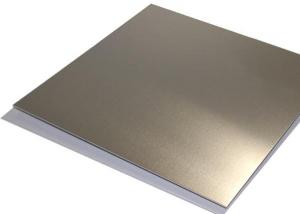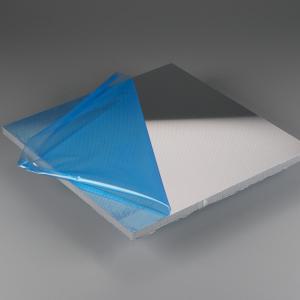Aluminum Decorative Metal Sheets AA3005 for Construction
- Loading Port:
- Shanghai
- Payment Terms:
- TT OR LC
- Min Order Qty:
- 5 m.t.
- Supply Capability:
- 10000 m.t./month
OKorder Service Pledge
OKorder Financial Service
You Might Also Like
Specification
1.Structure of Aluminum Sheets AA3005 Used for Constrcution Description
Aluminum Sheets AA3005 Used for Constrcution has great ductility, heat conductivity, anti-corrosion and moisture resistance properties.
Aluminum Sheets AA3005 Used for Constrcution is widely used for electronics, instruments, lighting decoration, packing industry, house decoration, curtain wall, honeycomb-core panel, sandwich panel, aluminum composite panel and aluminum composite pipes.
2.Main Features of Aluminum Sheets AA3005 Used for Constrcution
• Superior quality of raw material
• Reasonable and stable chemical composition
• Accurate tolerance
• Goode mechanical property
3.Aluminum Sheets AA3005 Used for Constrcution Images
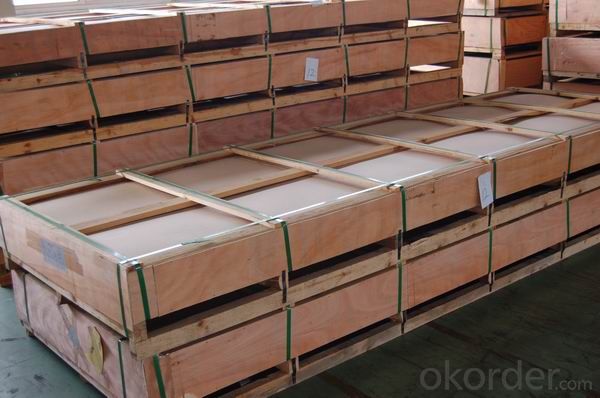
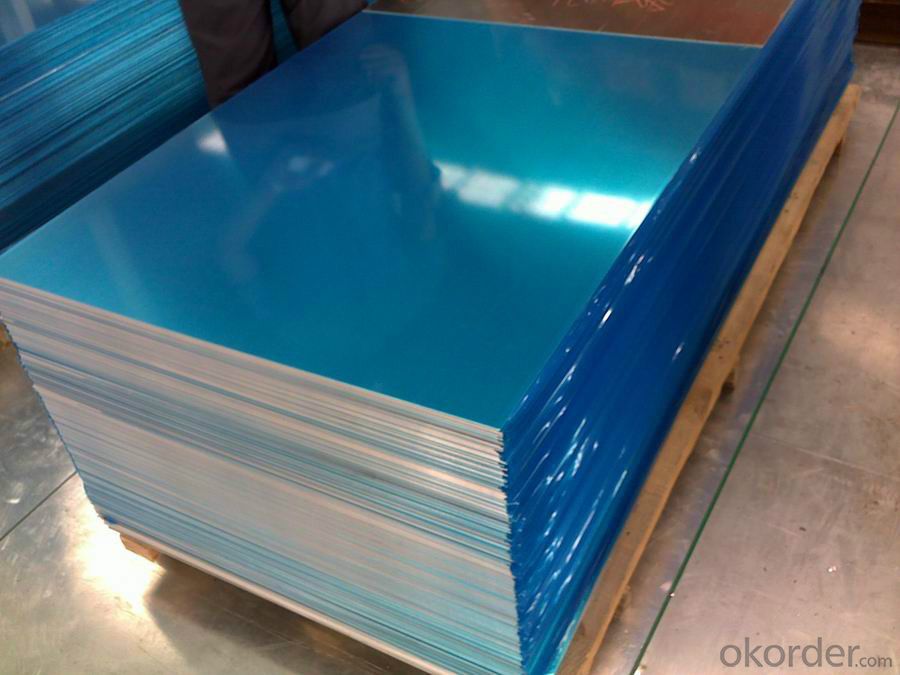
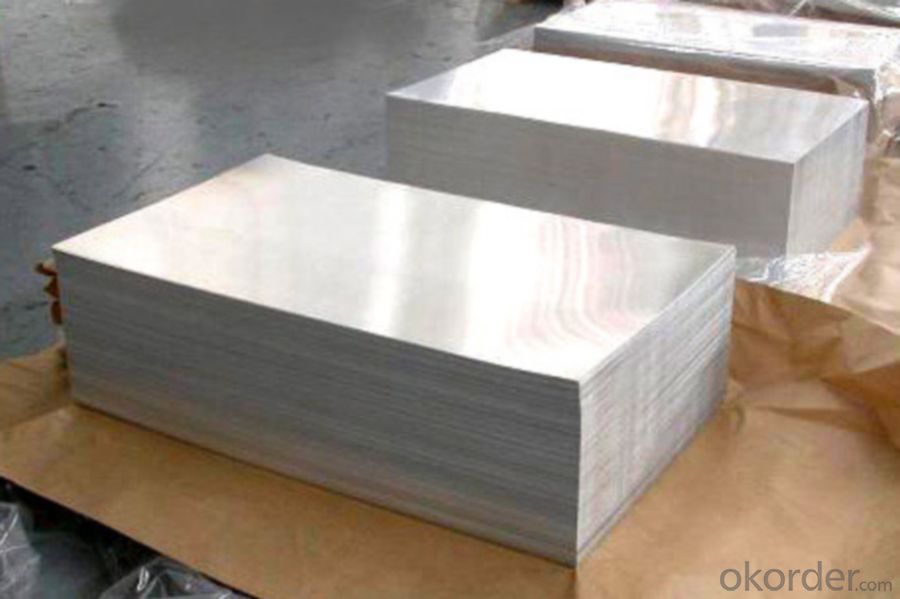
4.Aluminum Sheets AA3005 Used for Constrcution Specification
Alloy | AA3005 |
Temper | H14, H16, H18, H22, H24, H26, H32, O/F |
Thickness | 0.2mm -- 100mm |
Width | 30mm -- 1700mm |
Standard | GB/T 3880-2006,EN,ASTM,JIS |
5. FAQ of Aluminum Sheets AA3005 Used for Constrcution
A.How to guarantee the quality?
Customers are welcome to our mill to visit and check the products. Besides, we can arrange a third party to test Aluminum Sheets AA3005 Used for Constrcution.
B.When will you deliver the products?
Aluminum Sheets AA3005 Used for Constrcution will be delivered within 35 days after receiving advanced payment or original L/C.
- Q: Are aluminum sheets suitable for roofing?
- Indeed, aluminum sheets prove to be a fitting choice for roofing purposes. Renowned for its lightweight nature, durability, and corrosion resistance, aluminum stands out as a favored material in the roofing industry. Moreover, its non-combustible properties render it a safer alternative. The ease of installation and maintenance further add to its appeal, as do its ability to withstand adverse weather conditions like heavy rain, snow, and wind. Notably, aluminum also earns accolades as an environmentally conscious option, boasting 100% recyclability. In summary, aluminum sheets offer a trustworthy and enduring roofing solution for both residential and commercial edifices.
- Q: What are the different forming techniques for aluminum sheets?
- There are several different forming techniques that can be used to shape aluminum sheets. One common technique is called bending, which involves applying force to the sheet to bend it into a desired shape. This can be done manually using a press brake or through automated processes such as roll forming or stretch forming. Another technique is called deep drawing, which involves using a die and punch to stretch the aluminum sheet into a three-dimensional shape. This process is commonly used to create cylindrical or box-shaped components like cans or containers. Hydroforming is another forming technique that can be used for aluminum sheets. It involves using hydraulic pressure to shape the sheet against a mold or form. This technique is often used to create complex, irregular shapes that would be difficult to achieve with other methods. Spinning is a technique that is commonly used to create symmetrical shapes such as bowls or cones. It involves rotating the aluminum sheet against a mandrel while applying pressure to shape it into the desired form. Finally, there is also a technique called stamping, which involves pressing the aluminum sheet against a die to create a specific shape. This technique is often used for high-volume production of components such as automotive body panels. Overall, these forming techniques offer a range of options for shaping aluminum sheets into various forms and designs, allowing for flexibility and versatility in manufacturing processes.
- Q: Can aluminum sheets be an alternative to ceramics in certain applications?
- Yes, aluminum sheets can be an alternative to ceramics in certain applications. Aluminum sheets offer advantages such as lower cost, higher conductivity, and greater flexibility, making them suitable for certain applications where ceramics may not be the most optimal choice.
- Q: I know that aluminum doesn't belong in the human body. As a canister to hold liquids which will be consumed later, is aluminum good or bad to use?
- Not really. Al in your diet is believed to be a cause of Alzheimer's disease. And putting acids (like fruit juice) in a bottle would definitely corrode the metal somewhat; water is slower but there is a taste that means that some Al is going in. Thus many (most/all?) Al bottles are lined in plastic and have plastic closures. Stainless steel with a stainless steel closure are a much better choice than Al. But they are harder to find and often more expensive. Stainless steel with polyprop. closures but not plastic lined are easier to find (but less durable; I am forever breaking off the poly tabs). Of course Al bottles are better than plastic bottles.
- Q: 3003H24 alloy aluminum plate refers to what kind of aluminum plate?
- Attached: O status: fully annealed to obtain the lowest strength of the processing products. 8 state: hard working state (9)To sum up: 3003 refers to the aluminum manganese alloy, H24 represents the process of rolling, through incomplete annealing to achieve the specified strength, hardness of an aluminum substrate. In addition to the 5 first series of aluminum magnesium alloy used in aluminum plate, the other 4 prefix silicon as the main alloying elements in zinc series, as the elements of the 7 prefix series.
- Q: Is this aluminium plate ceiling dark keel or bright keel?
- I see you're a layman...... Where is the ceiling keel now?.... Now they are made of dark keel, so it's better to look at comfort, and we need to go through the lines and some pipes
- Q: Can aluminum sheets be used for interior design purposes?
- Yes, aluminum sheets can definitely be used for interior design purposes. Aluminum is a versatile material that offers many benefits for interior design applications. It is lightweight, durable, and resistant to corrosion, making it ideal for various design elements such as wall coverings, ceiling panels, backsplashes, and room dividers. Aluminum sheets can be easily customized and fabricated into different shapes, sizes, and finishes, allowing for endless design possibilities. Additionally, aluminum is a sustainable and eco-friendly material, as it is highly recyclable. Its sleek and modern look adds a contemporary touch to any interior design project. Overall, aluminum sheets have become a popular choice for interior designers due to their functionality, aesthetics, and sustainability.
- Q: 6061-T6 can aluminum sheets be bent?
- You ask if the two batch of aluminum material has been aging, the hardness of the aluminum after aging is higher than before the aging. Another aluminum material from the extrusion after the storage time and environment also related. You can measure the hardness of the two batch of aluminum.
- Q: How do aluminum sheets perform in terms of fatigue resistance?
- Aluminum sheets are known for their excellent fatigue resistance. This means they are capable of withstanding repeated cycles of stress and strain without experiencing significant deterioration in their mechanical properties. Fatigue resistance in aluminum sheets is primarily attributed to their microstructure, which consists of small and uniformly distributed grains. This microstructure helps in distributing the applied stress more evenly throughout the material, preventing the formation and propagation of cracks. Additionally, aluminum sheets can be further enhanced for fatigue resistance through various processing techniques such as heat treatment, alloying, and surface treatments. These techniques can refine the microstructure, increase the strength, and improve the overall fatigue performance of the material. Moreover, aluminum has a relatively low density compared to other metals, which contributes to its superior fatigue resistance. The low density allows for better energy absorption during cyclic loading, reducing the likelihood of crack initiation and propagation. However, it is important to note that fatigue resistance can vary depending on the specific alloy, temper, and thickness of the aluminum sheet. Different aluminum alloys have different mechanical properties and fatigue limits, so it is crucial to select the appropriate alloy and temper based on the specific application requirements. Overall, aluminum sheets are well-regarded for their excellent fatigue resistance, making them a popular choice in industries requiring materials that can withstand cyclic loading and extended service life.
- Q: Is aluminum sheet resistant to UV rays?
- Yes, aluminum sheet is resistant to UV rays.
Send your message to us
Aluminum Decorative Metal Sheets AA3005 for Construction
- Loading Port:
- Shanghai
- Payment Terms:
- TT OR LC
- Min Order Qty:
- 5 m.t.
- Supply Capability:
- 10000 m.t./month
OKorder Service Pledge
OKorder Financial Service
Similar products
Hot products
Hot Searches
Related keywords
